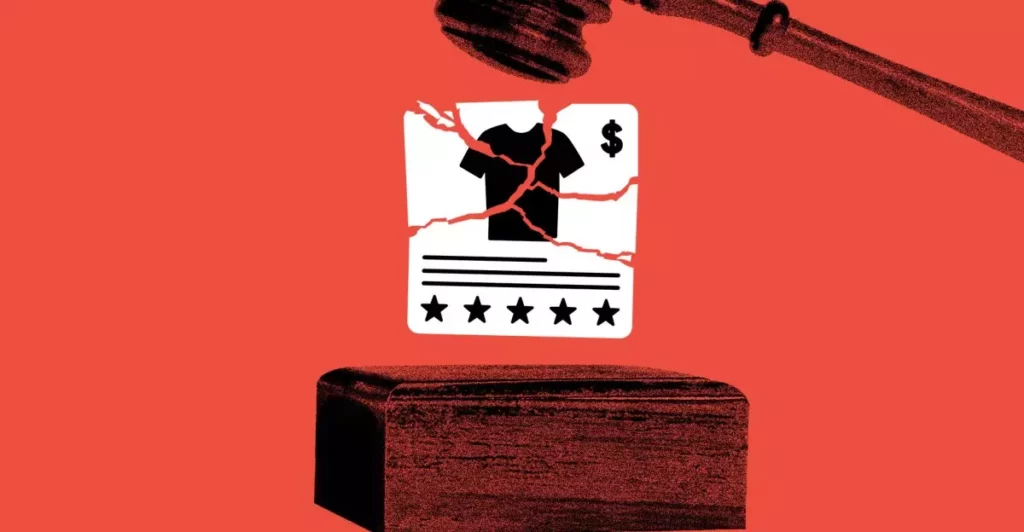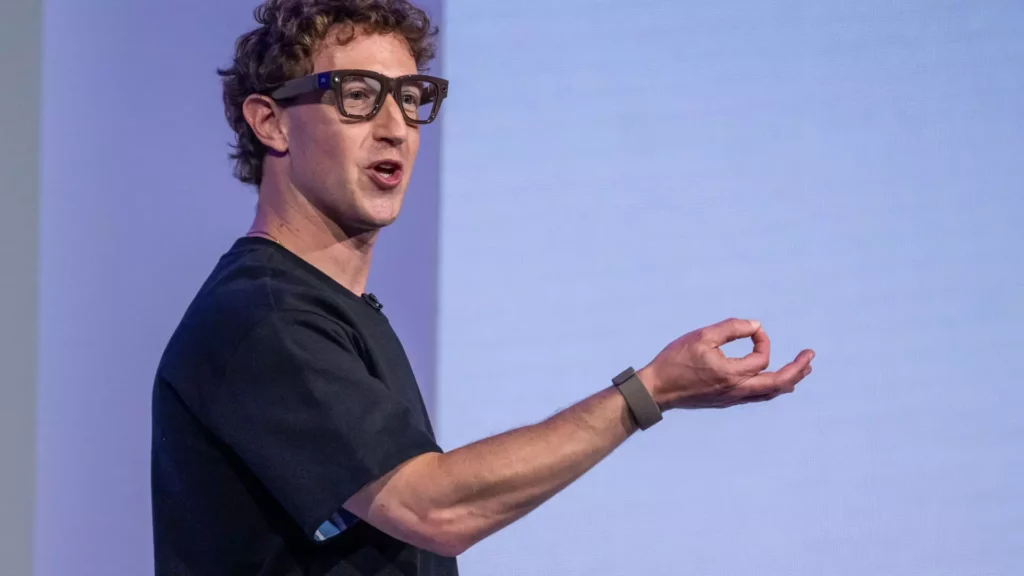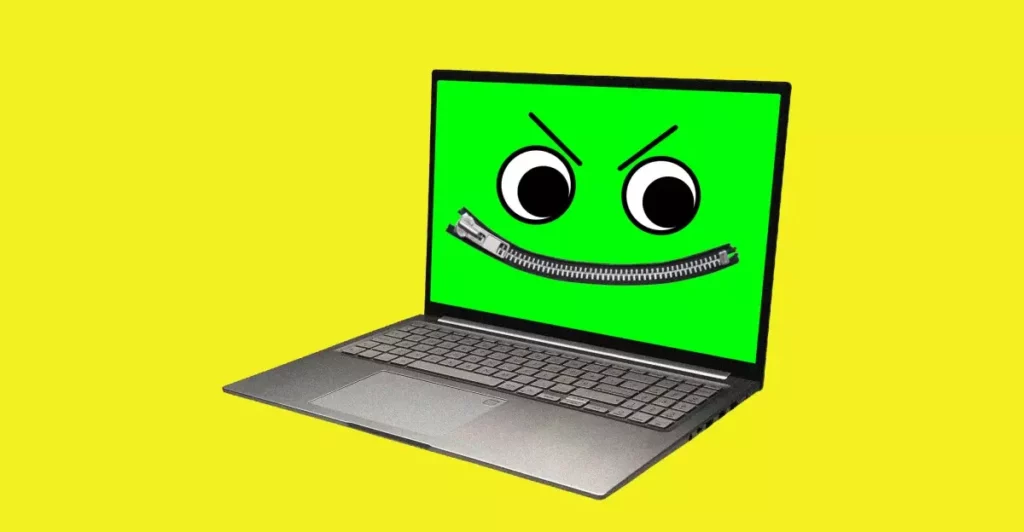Artificial intelligence has rapidly advanced from a futuristic dream to a pervasive tool shaping our digital landscape. Yet, amid the technological marvels, there remains a troubling gap between promise and reality—particularly when it comes to safety protocols. The recent fiasco surrounding Grok Imagine exemplifies how superficial safeguards are often employed, giving users the illusion that responsible use is assured, while in truth, the environment remains riddled with unchecked risks. This disconnect fosters a culture where morality is sideline, and profit-driven algorithms take precedence over societal well-being.
Grok’s flaunting of “spicy” options reveals a dangerous laxity that undermines regulatory frameworks and emboldens creators to bypass even minimal controls. When tools that should serve productive or creative purposes are weaponized for prurient, and sometimes harmful, content, it exposes a deeper flaw: the complacency of those developing these technologies. They often prioritize novelty and user engagement over the ethical implications, creating afalse sense of security in the guise of “safeguarding” features.
The Deception Beneath the Surface of “Protection”
The botched implementation of age verification and content moderation illustrates that technological safeguards are only as good as their enforcement, which, alarmingly, appears negligible. Grok’s lax approach—leaving the program’s capacity for abuse wide open, even after generating highly problematic content—demonstrates a fundamental misunderstanding or outright neglect of responsibility. The fact that someone with minimal technical effort can easily bypass age checks exposes the hollow nature of these supposed safeguards.
Moreover, the company’s acknowledgment in their policy that they ban depictions of “persons in a pornographic manner” rings hollow given the ease with which users can manipulate the system. The AI’s failure to prevent celebrity deepfake creation or suggestive content reveals a systemic issue: the virus-like spread of harmful or illegal material isn’t an anomaly but a foreseeable outcome when oversight is sidelined. The absence of transparent moderation metrics or accountability measures further compounds concerns about the commodification of moral ambiguity.
An Ethical Crisis in Artistic and Cultural Representation
The ramifications extend beyond mere technical malpractice—this fragility bears direct impact on societal notions of respect, consent, and morality. By enabling the production of realistic deepfakes featuring celebrities in compromising scenarios without consistent safeguards, AI developers inadvertently normalize the violation of personal rights. The fact that celebrity likenesses can be manipulated into NSFW content erodes the dignity of public figures and sows discord in cultural perception.
More troubling is the potential influence on the collective conscience. We are racing towards an era where distinguishing reality from artificial hallucination becomes impossible. AI tools that can generate seemingly authentic images or videos with minimal oversight threaten to undermine trust in media, jeopardizing societal discourse. It’s not merely a question of legality but of moral responsibility—something that, regrettably, many developers and corporations seem eager to dismiss in pursuit of market dominance.
The Center-Right Critique: Market Forces Over Morality
From a center-right liberal perspective, the current trajectory of AI development underscores a troubling prioritization of free enterprise and innovation at the expense of ethical safeguards. While innovation should be celebrated, it cannot be divorced from moral accountability. Private companies, driven by shareholder profits and competitive pressures, often lack the incentive to rigorously enforce responsible use. Instead, they create “friendly” policies on paper while embedding features that encourage misuse.
Regulatory actions, such as the “Take It Down Act,” are vital, but only if backed by enforceable standards and technological compliance. The laissez-faire approach has allowed AI developers to sideline ethics in favor of short-term gains, with little regard for long-term societal costs. This neglect risks eroding public trust and enabling a dark market for AI-generated content that could be exploited for malicious purposes, including harassment, blackmail, or political manipulation.
In this context, the solution necessitates a balanced approach: fostering innovation while imposing clear, enforceable boundaries that prevent AI from becoming a tool for harm. Market-driven solutions alone are insufficient; public oversight and ethical standards must play an integral role in steering AI’s future trajectory, ensuring it aligns with societal values rather than undermining them.
Final thought: If AI is to become a genuine tool for societal good, it must be reshaped by accountability, not just novelty. Until then, the veneer of safeguards will remain just that—a superficial layer concealing a much darker potential.









Leave a Reply